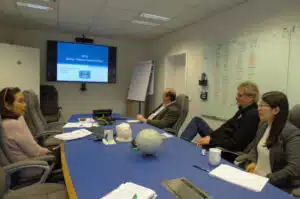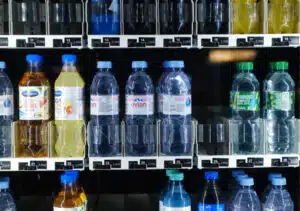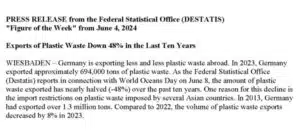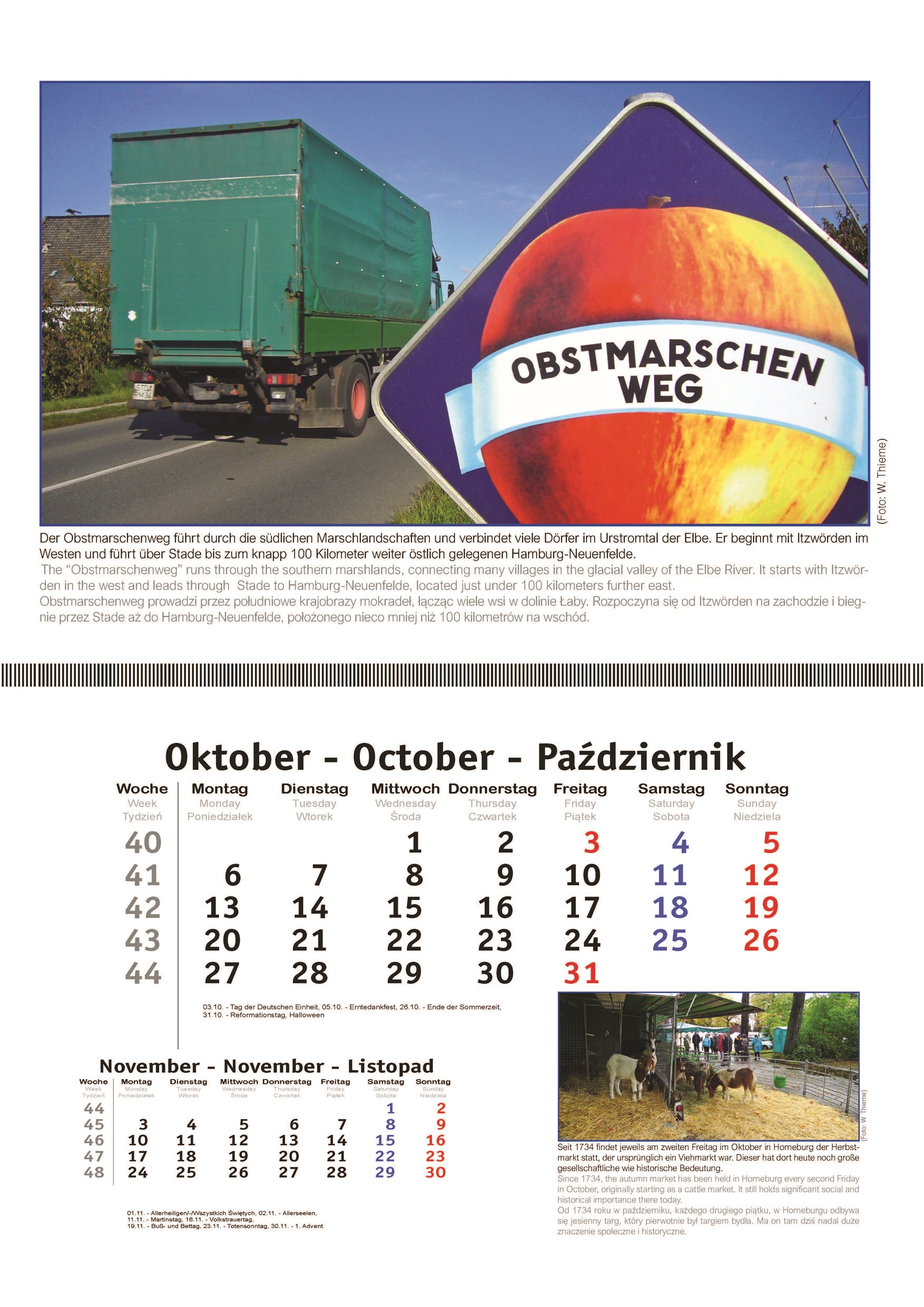What WTH Has to Do with Halved Plastic Waste Exports
“Exploded Pharmacies…”
(mud) – What does WTH GmbH have to do with a recent report from the Federal Statistical Office stating that German exports of plastic waste have nearly halved in the past ten years? “A great deal,” assures WTH Managing Director Gero Thieme. “We have played a significant role in this achievement!” This is thanks to the “good conscience of forward-looking plastic waste prevention” – economic chemist Cutian Wolf-Jusuf. The WTH expert ensures, with extensive commitment and high competence, that WTH customers equip their products during plastic production in such a way that it ultimately contributes to waste reduction.

“Our WTH products often involve chemical additives that, even in relatively small doses, significantly shape the final properties and usability of the later product,” explains company founder Walter Thieme, who worked closely with Ms. Wolf-Jusuf during his active time. This process begins with the production of the matrix material, where additives are used in the manufacturing process. During further compounding and processing into the final product, additional targeted additives are added to make the finished parts “usable.”

“The type of additives depends on the application,” Wolf-Jusuf clarifies. “A yogurt cup doesn’t necessarily need to be flame-retardant. A vacuum cleaner housing part, however, does. Thus, plastic products contain more or fewer different additives.” All these diverse plastic parts share the common feature that, at the end of their useful life – both “short-lived” pudding cups and “long-lived” window profiles – they must be disposed of.
“What was once thoughtlessly deposited or incinerated has increasingly gained economic importance as a secondary raw material,” Gero Thieme points out. “It must be considered,” expert Cutian Wolf-Jusuf adds, “that the recyclable plastic parts contain different and additional additives for their original use, possibly resembling an ‘exploded pharmacy’.” Even with the most careful processing, structural inhomogeneities or minor contaminants and other residues are often unavoidable.

During the processing of primary plastics and subsequent use, polymer chains may already be damaged, for example, by physical-chemical, chemical, or (UV) radiation exposure. A typical aspect of the recycling process is that short-lived plastic items are often recycled into more durable plastic products.
“This requires not only the replenishment of additives possibly depleted during previous processing and use but also the reconditioning of the recycled material itself for the renewed processing,” explains the expert. Moreover, different additives supplied by WTH might need to give the recycled plastics a “new life.”
For the experts: Examples include antioxidants and processing aids. The phenolic antioxidants WTH-AN 1010 and WTH-AN 1076 are widely used. Thermal processing is favorably influenced by antioxidants based on phosphite and/or thioesters, with typical additives being WTH-AN 168 or WTH-PS 802. Additionally, recyclates can be made “fit” for outdoor applications with light stabilizers; depending on the requirement profile, UV absorbers (WTH-UV BP12) or HALS light stabilizers (e.g. WTH-LS 944) are used. Metal deactivators (e.g. WTH-MD 1024) are available to neutralize residues of metal ions.
Dispersing aids such as Addforce MPA 2600 or Addforce SA are successfully used to optimally disperse additives and possibly also mineral fillers or fibers in the recyclate matrix.
This is just a small selection of the extensive range of WTH additives, which can be successfully used in both primary plastics and recycled materials.
WTH CEO Gero Thieme summarizes: “Plastic recycling, i.e., the processing, separation, and reuse of materials, was only the first step, creating an entirely new industry. This system is sustainably expanded under the term ‘circular economy’ by already adapting the materials for reuse during production. This conserves resources and minimizes residual waste – ideally, it even eliminates it. So, WTH indeed has a lot to do with the Federal Statistical Office’s report.”




